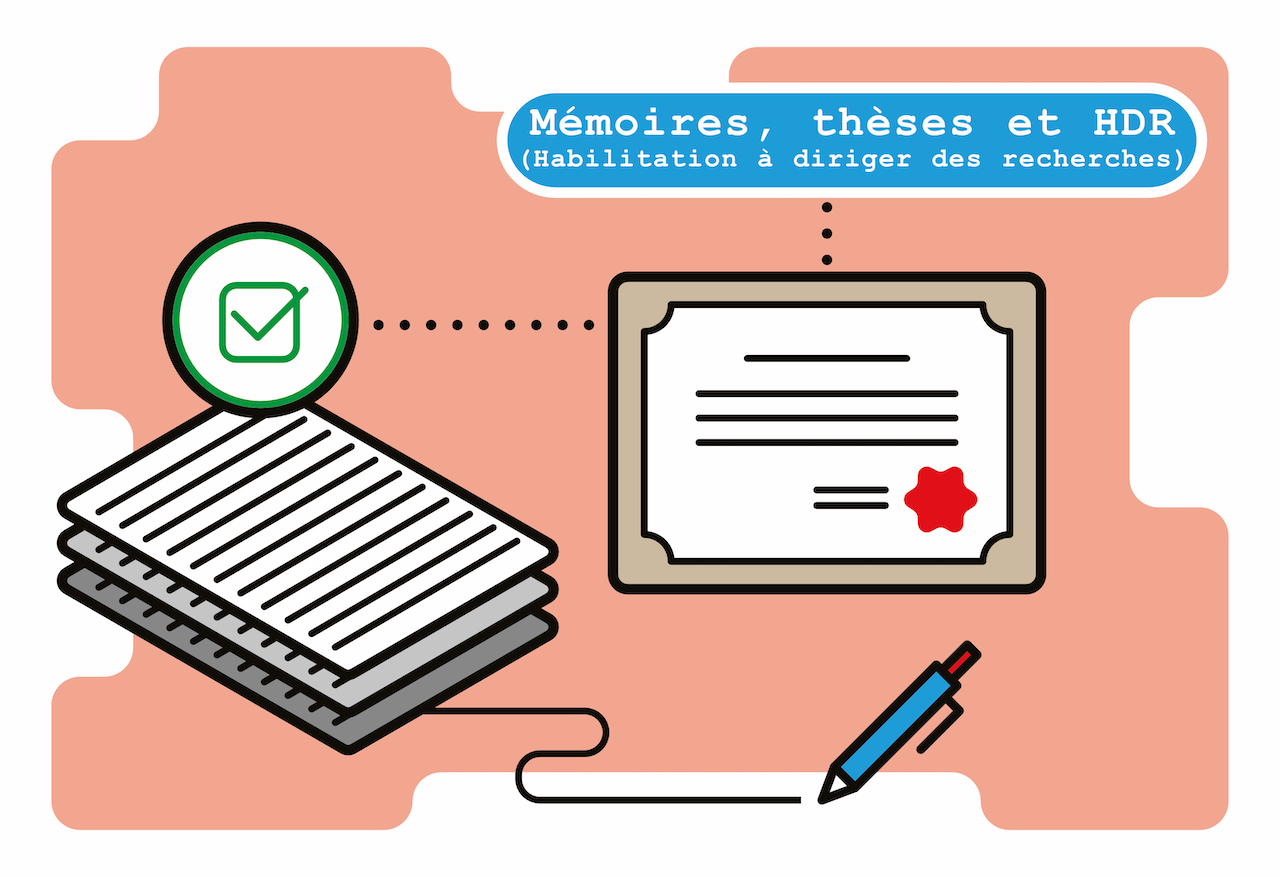L’image mnésique du néant : contribution à une esthétique technocritique de l’âge atomique au Japon The mnemonic image of nothingness : contribution to a technocritical aesthetics of the atomic age in Japan
Fiche du document
10 octobre 2023
- ISIDORE Id: 10670/1.41a00c...
Restricted Access , http://purl.org/eprint/accessRights/RestrictedAccess
Mots-clés
Représentations de la bombe atomique Hiroshima Nagasaki Hibakusha Néant Capitalocène Nucléaire Homme sans mondeSujets proches
Western art (Western countries) Fine arts Iconography Arts, Fine Art, Occidental Arts, Visual Visual arts Occidental art Art, Visual Art, Western (Western countries) Beaux-arts Arts plastiques Oeuvres d'art Arts visuelsCiter ce document
Taalba, « L’image mnésique du néant : contribution à une esthétique technocritique de l’âge atomique au Japon », Octaviana, ID : 10670/1.41a00c...
Métriques
Partage / Export
Résumé
Notre travail se propose de penser les modalités d’une esthétique de l’âge atomique au Japon à travers différentes représentations culturelles, desquelles se distingue l’art contemporain. …/…Le questionnement au fondement de notre recherche procède d’une démarche empirique, enracinée dans l’expérience des hibakusha (survivants de Hiroshima et Nagasaki). Il s’agit d’étudier le rôle de l’art dans la mise en récit des 6 et 9 août 1945, tandis que l’expérience de la bombe se conçoit à l’aune d’une triple irreprésentabilité : irracontable, non-documentée, relative au néant. Notre étude tâche ainsi de mettre en lumière les stratégies visant à pallier l’irreprésentabilité caractéristique de l’expérience atomique. Embrassant une période large, de l’après-guerre à nos jours, elle dresse un panorama le plus actuel possible des motifs visuels atomiques, tels qu’ils dérivent de l’expérience des hibakusha. …/…En outre, cette perspective mémorielle est corolaire d’une réflexion sur la modernité même, en tant que le concept d’âge atomique postule un mouvement rétrograde du progrès. En effet, si la maîtrise de l’atome témoigne du perfectionnement technique de l’humanité, elle produit tout à la fois le risque de sa disparition. Représenter le néant atomique – donner à voir l’image mnésique du néant – n’est-ce pas de fait prévenir l’anéantissement ? Il convient dès lors de questionner le caractère anti-nucléaire de toute représentation atomique. …/…La typologie des motifs visuels suppléant à l’irreprésentabilité de Hiroshima et Nagasaki révèle un ensemble de fonctions philosophiques constitutives de l’esthétique de l’âge atomique. Qu’il s’agisse des fonctions technocritique, ésotérique, apocalyptique ou révolutionnaire, l’être nucléaire semble osciller entre hantise, espoir et fascination. …/…Le questionnement propre à notre recherche articule l’histoire et la philosophie de l’art à l’éthique et l’épistémologie du nucléaire. L’esthétique de l’âge atomique telle que nous nous proposons de l’étudier montre que l’art contemporain japonais engendre une critique radicale quoique protéiforme du nucléaire. C’est que l’analyse d’œuvres parfois disparates du point de vue chronologique et culturel, ainsi que les déclarations des artistes que nous étudions, subsument l’âge atomique sous les enjeux du capitalocène. Les réflexions sur l’anéantissement nucléaire entrent en résonance avec la critique de la civilisation matérielle, laquelle menace de s’écrouler sous le poids de sa concrétude, alors même que la matérialité technologique se dilue dans la virtualité qu’elle génère. …/…En d’autres termes, le discours anti-nucléaire tel qu’il structure l’esthétique de l’âge atomique se traduit par une critique de la rationalité économico-technique. C’est la raison pour laquelle cette esthétique ne peut se départir d’un ésotérisme nucléaire, réaction à l’entropie économico-technique. Le même phénomène est à l’origine d’une ambivalence entre art guérillériste et art cybernétique à l’âge atomique. Dans un dernier temps, le présent travail questionne les conjonctions de ces tendances au sein de mouvements artistiques et politiques au Japon, ainsi que la vision écosophique qu’elles déploient.
